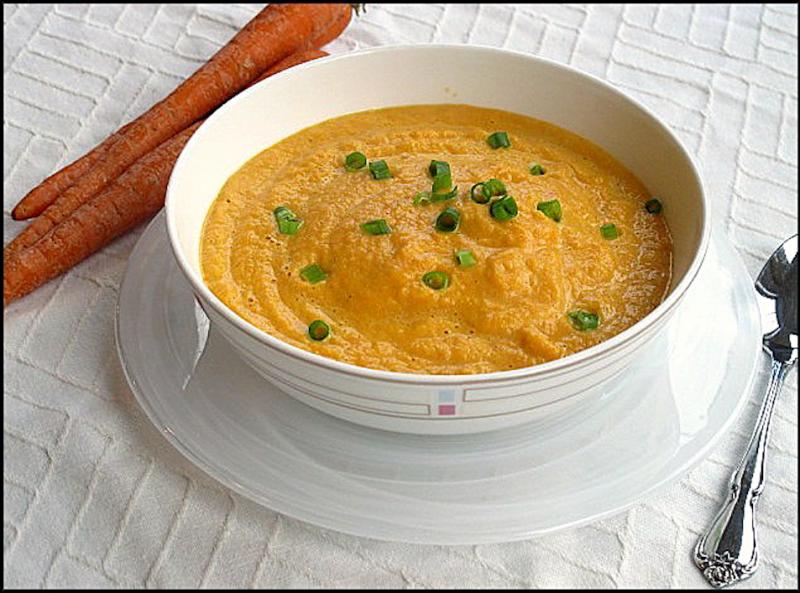What’s useful to know about GMO
A reader sent a note last week asking me to write a column focused on non-GMO foods and how to identify them. By way of definition, GMO (genetically modified organism) refers to plants and animals in which genetic material has been altered in a way that does not occur naturally. Typically, genetic material from an unrelated species is inserted to produce a desired trait or characteristic.
While we have seen plants and animals bred to obtain specific features, such as roses with more intense fragrance or puppies with brindle-colored fur, these changes are not engineered in the laboratory, but through natural pollination or deliberate mating. For those of you who have not considered the role of GMO foods, they have been in our diets for over the past 20 years.
The primary reasons plants have been genetically modified include drought tolerance, higher yield, faster growth rate and herbicide resistance. Genetically modified fresh produce that is widely sold in this country includes corn, papaya, squash and soybeans. Processed ingredients, such as corn oil and soybean oil, are most likely made from GMO plants.
What is the problem with GMO foods? The basic answer is, “We don’t know what we don’t know.” There has been concern about the long-term effects of consuming these foods and anecdotal evidence of gastric upset or immune system disorders, but there have not been enough rigorous scientific human studies to confirm these reports. The key issue is whether there will be a cumulative negative effect.
While proponents of GMO techniques in agriculture point to environmental benefits, those who prefer to avoid these in their diet can look into some basic options. In order to be a certified as a “USDA Organic” food, the ingredients cannot be GMO. Other benefits to organic foods are less (or no) residual pesticides, herbicides or fungicides. Most fresh produce will be non-GMO, with the exception of those mentioned above unless they are labeled organic.
Additives such as corn syrup, sugar (made from beets, which is less costly than cane sugar) and soy are used as thickeners and flavoring agents in many packaged foods, so pay careful attention to the ingredient list. Many farm-raised fish species eat GMO feed, so look for “wild-caught” on the packaging.
As for dairy products, such as milk, butter, ice cream, yogurt and cheese, look for “No rBGH” or “No rBST” which tells you the cows were not treated with genetically engineered growth hormone. You also want those cows to be grass-fed and not given GMO feed, so you’ll need to check your brand by searching the internet, for example, “non-GMO butter,” to see which are listed.
Meat and poultry are also places where it is possible to avoid GMOs. With beef, look for “grass fed,” as most cattle are fed a GMO corn-based diet. In poultry, those labeled “organic” and “non-GMO verified” are brands where the birds are fed a non-GMO diet. To earn the certification, feed samples are regularly tested to ensure there is consistently less than 5% GMO ingredients.
What about the hidden sources of GMO? Consider baking powder, which is a combination of baking soda and cornstarch. Of the familiar brands on the grocery shelf, Rumford (in the red can) is non-GMO verified. As for snack foods, more and more brands have begun to advertise their ingredients as organic and non-GMO. Consider Annie’s cheddar bunnies instead of Pepperidge Farm goldfish and Garden of Eatin’ tortilla chips to replace commercial brands.
To avoid GMO foods, focus on organic, fresh, local products from growers you know and packaged foods that feature informative labels about the contents. Here are two recipes that include only non-GMO ingredients, from a carrot soup to homemade hummus. Commercial brands of hummus typically contain soybean oil and citric acid, which you can readily avoid by making your own.
Carrot Soup*
4 carrots
1 T butter
1 chopped onion
2 C vegetable stock
1/4 t salt
pinch white pepper
2/3 C half & half
green onion
Scrub and roughly chop the carrots; set aside. Melt the butter in a saucepan; add carrots and onion. Cook over medium, stirring often, until the onions are translucent. Pour in the stock and bring to a boil. Reduce to a simmer and cook until the carrots are tender, about 10 to 15 minutes. Remove from heat and use an immersion blender to puree the mixture. Add salt, pepper and cream; mix with the immersion blender. Serve garnished with thinly sliced green onion. *Note: all ingredients should be organic or specifically labeled non-GMO.
Hummus
1 garlic clove
15-oz can garbanzo beans
1 T olive oil
2 T fresh lemon juice
1/4 C tahini
1/4 C water
salt
olive oil for garnish
pita bread
Peel and mash the garlic on a small plate; use a spoon to blend it with a pinch of salt. Rinse and drain the beans. Place them in the bowl of a blender along with olive oil, lemon juice, tahini, water and mashed garlic. Pulse until smooth and well blended. Season to taste with salt, cover and chill in the refrigerator for about 30 minutes. To serve, drizzle with olive oil and provide warm pita triangles for dipping.






















































